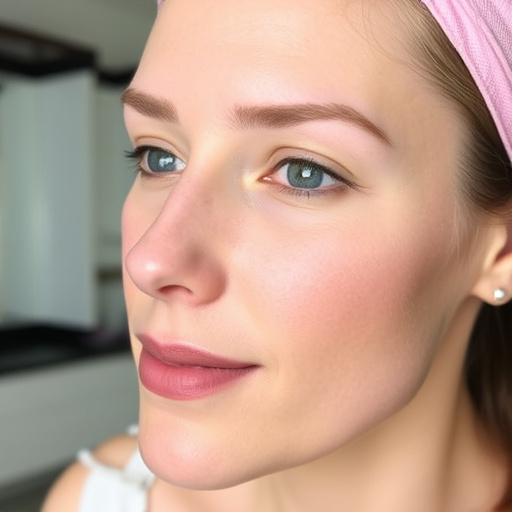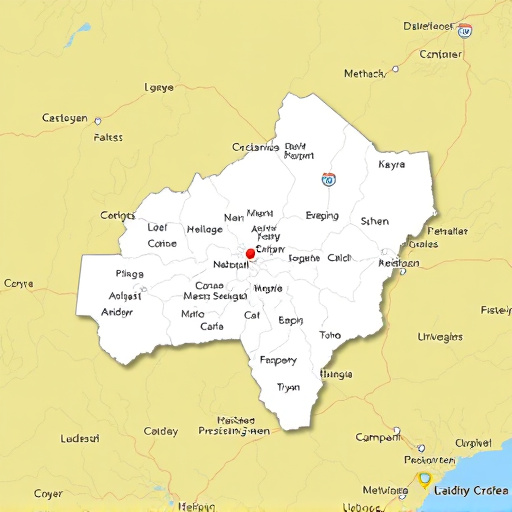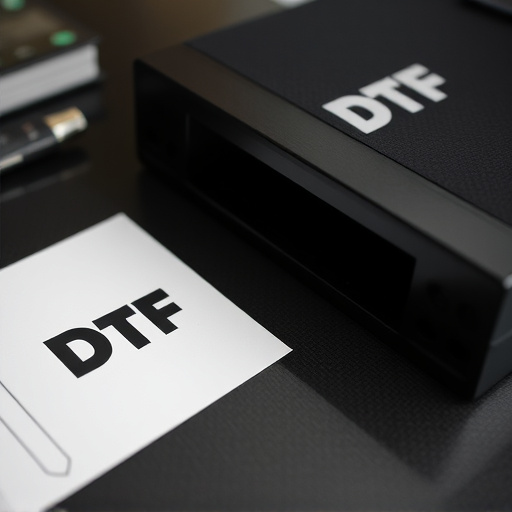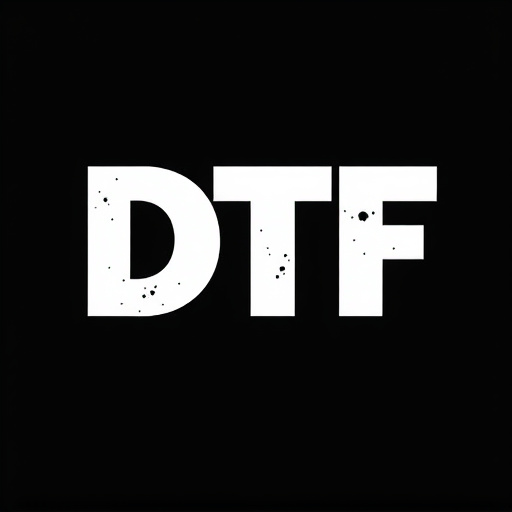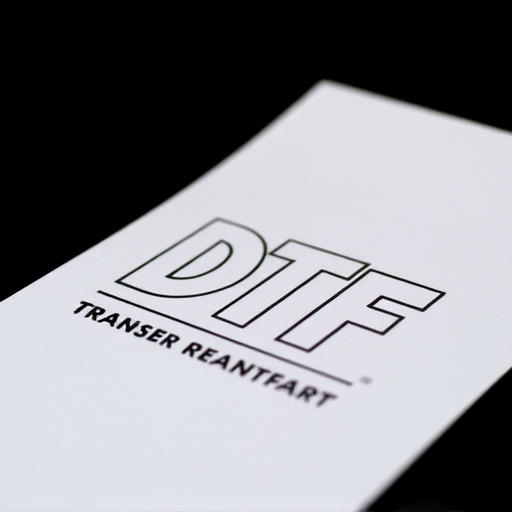Direct to Film (DTF) transfer technology has revolutionized design reproduction, enabling precise and intricate patterns across various media. DTF offers unmatched detail, vibrant colors, and sharp definitions using special light-cured inks, transforming industries like fashion, automotive, and medical device manufacturing. Choosing the right DTF method is key, with different techniques excelling in specific areas such as quality vs. complexity. Future advancements aim to enhance resolution, color accuracy, and automation through AI, promising exquisite, high-fidelity DTF prints that bring creative visions to life.
In the realm of graphic reproduction, Digital Thermal Transfer (DTF) printing has emerged as a game-changer. This revolutionary process enables the precise transfer of intricate design elements onto various surfaces, from textiles to metals. DTF’s ability to capture and reproduce complex details sets it apart from traditional printing methods.
This article explores the world of DTF Transfer, delving into its unique capabilities, advantages over conventional techniques, and diverse applications across industries. Prepare to discover how DTF Printing is enhancing everything from fashion designs to industrial marking.
- Understanding DTF Transfer: A Revolutionary Process
- The Art of Capturing Intricate Details in Film Transfers
- Advantages of DTF for Reproducing Complex Designs
- Choosing the Right DTF Printing Techniques for Your Project
- Real-World Applications: DTF Prints in Various Industries
- Future Prospects: Evolution of DTF Technology
Understanding DTF Transfer: A Revolutionary Process
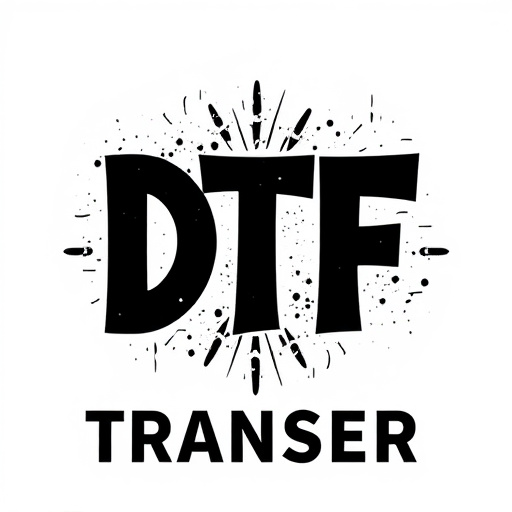
The DTF (Direct to Film) transfer process is a groundbreaking technique that has revolutionized the way intricate design elements are reproduced for various applications, from textiles to signage. Unlike traditional printing methods, DTF allows for direct imaging on film, eliminating the need for intermediate plates or screens. This innovative approach offers unparalleled precision and detail, making it ideal for complex patterns and fine lines.
With DTF Printing, designers and manufacturers can achieve remarkable results, producing high-quality prints with consistent accuracy. The process involves using special inks that are cured upon exposure to light, ensuring vibrant colors and sharp definitions. This technology has significantly enhanced the production of intricate patterns, enabling the creation of eye-catching DTF Prints that bring designs to life across diverse media.
The Art of Capturing Intricate Details in Film Transfers

In the realm of film transfers, the ability to capture and reproduce intricate design elements is a true art form. Digital Transference (DTF) technology has revolutionized printing by enabling detailed and accurate replication of complex patterns and textures found in original films. This process involves a precise digital mapping of each frame, ensuring that subtle nuances and fine lines are not lost in translation.
Through advanced DTF techniques, filmmakers and artists can now bring their vision to life with remarkable clarity. Whether it’s the intricate patterns on vintage posters, delicate brushstrokes in paintings, or detailed architectural structures, DTF Transfer and Printing allows for the creation of high-fidelity prints that capture the essence of the original source material. The result is a stunning visual experience where every element, no matter how minute, is faithfully represented.
Advantages of DTF for Reproducing Complex Designs
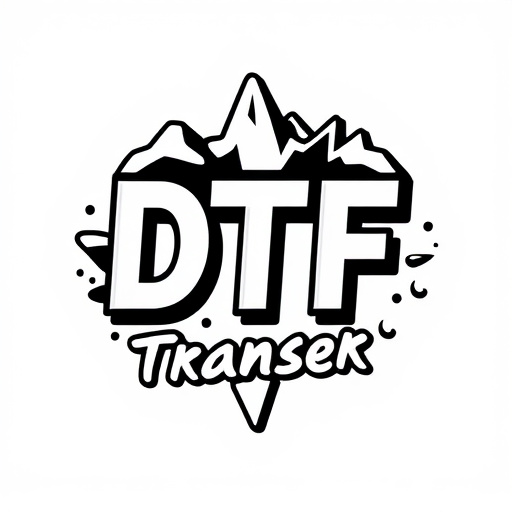
Digital Thermal Transfer (DTF) printing offers significant advantages when it comes to reproducing intricate design elements on a variety of materials. Unlike traditional printing methods, DTF allows for high-resolution imaging directly onto various substrates, including textiles, plastics, and metals. This precision ensures that even the smallest details in complex designs are accurately replicated, providing a level of clarity and fidelity unmatched by other techniques.
Moreover, DTF transfers boast exceptional color accuracy and vibrancy, making them ideal for applications requiring rich, detailed graphics. The process involves transferring wax-based inks onto the material using heat and pressure, resulting in sharp lines, vivid colors, and fine textures. This method is particularly advantageous for creating custom patterns, logos, or artwork with intricate details, ensuring that every element of the design is accurately represented in the final print.
Choosing the Right DTF Printing Techniques for Your Project

When considering a DTF (Direct to Film) transfer for your project, understanding the nuances of different printing techniques is paramount. The choice between various DTF methods depends on the intricate nature of the design elements and the desired outcome. For example, while traditional DTF printing offers high-quality results, it may not be ideal for extremely complex or fine details. In such cases, advanced techniques like laser etching or specialized inkjet printers capable of ultra-high resolutions could be more suitable.
Each technique has its strengths and is better suited to specific design requirements. Laser etching, for instance, excels in reproducing intricate line work and textures, making it a game-changer for detailed illustrations or artwork with fine lines. On the other hand, inkjet printing technologies have advanced significantly, allowing for precise color reproduction and fine detail, making them perfect for photorealistic images or designs requiring a wide color gamut. Selecting the right DTF transfer method ensures that your project’s visual elements are accurately represented, enhancing the overall impact and quality of the final prints.
Real-World Applications: DTF Prints in Various Industries
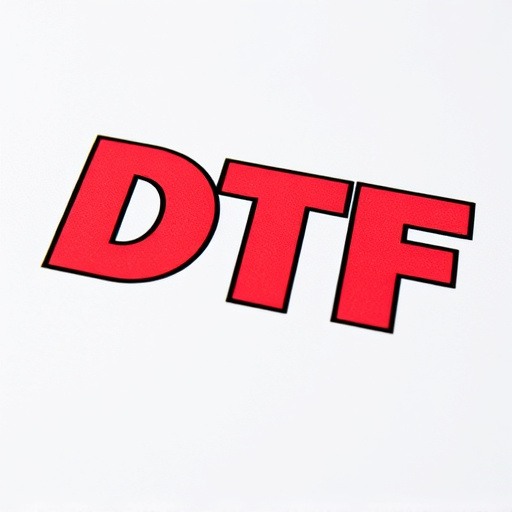
In various industries, the precision and intricate details that a DTF (Direct to Film) transfer can capture have opened up new creative possibilities. From fashion and textiles to automotive and even medical device manufacturing, DTF printing has become an indispensable tool for producing high-fidelity, complex designs. In these real-world applications, DTF transfers enable the reproduction of intricate patterns, logos, and textures on a wide range of materials, from fabrics to metal components.
For instance, in the fashion industry, DTF prints are used to create eye-catching garments with detailed patterns that would be challenging or time-consuming to achieve using traditional methods. Similarly, automotive manufacturers leverage DTF technology to enhance the aesthetic appeal of vehicle interiors and exteriors with intricate graphics and textures. In medical devices, precise DTF transfers ensure the accurate replication of sensitive markings and designs required for various equipment, contributing to improved functionality and safety.
Future Prospects: Evolution of DTF Technology

The future of DTF (Direct to Film) technology looks bright, with continuous innovations pushing the boundaries of what’s possible in film transfer and printing. As demand for higher-quality, more detailed prints grows, especially among collectors and enthusiasts, DTF transfers are expected to evolve to meet these needs. Researchers and developers are exploring advanced materials and techniques to enhance the resolution and color accuracy of DTF prints, ensuring intricate design elements, fine lines, and vibrant colors are faithfully reproduced.
Additionally, integration of AI and machine learning algorithms could streamline the process, enabling automatic enhancement of artwork and images for optimal print quality. The potential for DTF technology to revolutionize not just film transfers but also other industries, such as fashion, textiles, and even 3D printing, is immense. With its ability to capture complex patterns and details, DTF Printing promises to deliver exquisite, intricate prints that were once thought impossible, opening up exciting possibilities for artists, designers, and creators worldwide.




